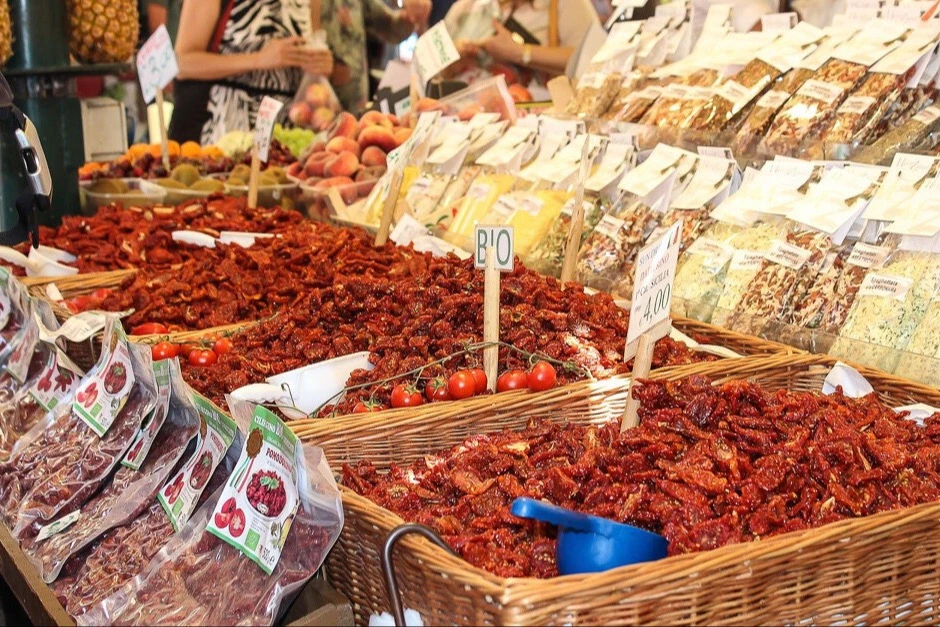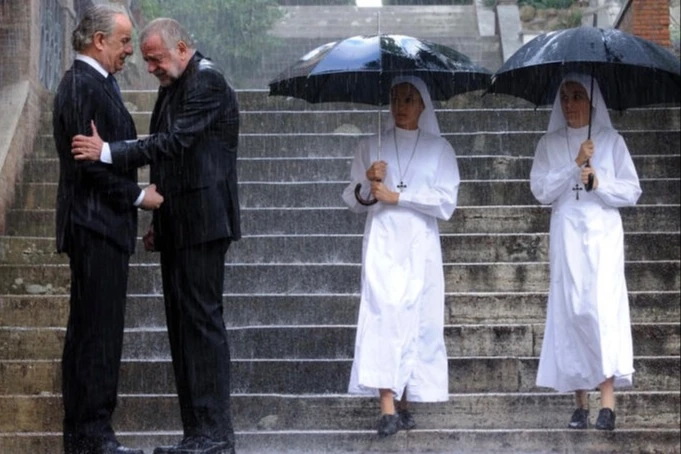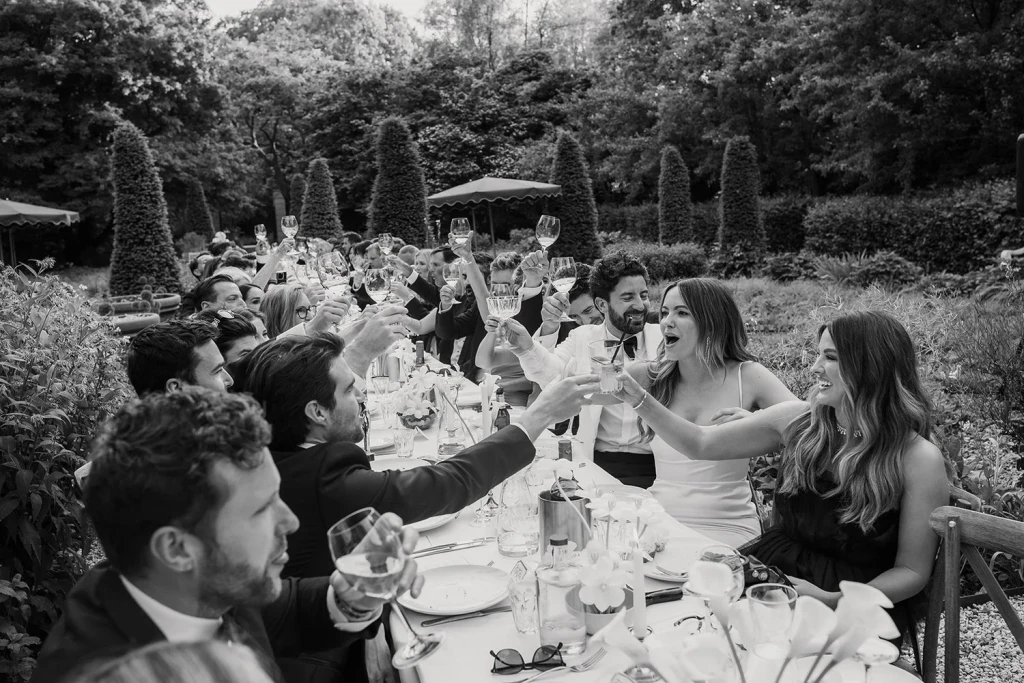Padova, the hidden gem of the Veneto
A guide to Padua and the Colli Euganei
“Spritz was cheaper than water and I made sure to sample every single bar in town for research purposes.”
Padova, also known as Padua, is a hidden gem located just 30 minutes away from Venice by train. Despite its proximity to one of the world's most popular tourist destinations, Padova remains untouched by mass tourism, making it a perfect destination for those looking for a more authentic Italian experience.
One of the main attractions of Padova are its two UNESCO World Heritage Sites: the Botanical Garden and the 14th-century frescoes. The Botanical Garden is the oldest of its kind in the world, founded in 1545 by the University of Padova, and it features a wide variety of plants from all over the world, including many rare and endangered species. The frescoes, on the other hand, are spread across eight different buildings throughout the city, including the Scrovegni Chapel, which is considered one of the most important examples of 14th-century painting in Italy.
The city center of Padova is also dominated by the presence of the University of Padova, the fifth oldest university in the world, founded in 1222. Strolling through the city, one can still admire the remnants of the university's glorious, ancient past – in the form of the Palazzo del Bo, the main building of the university, which dates back to the 14th century.
But Padova is more than just a student town, as a matter of fact it is a very upscale city. The locals enjoy a very high standard of living, and following an ethos that takes heritage at heart, many still run their errands at the independent botteghe and market stalls tucked underneath and around the edges of the imposing Palazzo della Ragione, receiving culinary tips from the stall owners on how to improve their recipes and impress their families. They spend their days shopping at the daily fruit and vegetable market just down the street, and generally having the time of their life while also cultivating their interest in food, cooking and eating out.
The joint presence of lively students and active residents has kept Padova far more up to speed with modern trends compared to other cities its size, creating a scene where fashionable, Milan-style eating and drinking options co-habit with thrifty university bars, and where old-school enotecas rub elbows with contemporary wine bars. This makes for an interesting mix of experiences, where you can enjoy traditional, authentic Italian food one day, and then indulge in the latest culinary trends the next.
Finally, for a change of scenery from city to country, don't miss the scenic Colli Euganei. Located just 20 minutes from the centre of Padova. The hills have stunning views but also castles, abbeys, villas, vineyards and thermal baths to make the trip very worth your while. The Colli Euganei is also known for its wines, especially its red wines, which are considered some of the best in the region.
When it comes to food, Padova has a lot to offer, from quick bites to full meals.
Where to eat
For a Quick Bite:
La Folperia
Piazza Della Frutta (food truck, late afternoon only)
This is the place (maybe the only place?) for seafood in town. Order the boiled folpetti (baby octopus) with parsley sauce, grab a table at the nearby Bar dei Osei (there’s an unwritten agreement between the two institutions), order a white wine and savour the moment as this is perhaps one of the most quintessentially Padovan experiences out there.
Dalla Zita
Via Gorizia 12
There’s no way around it: if you want a sandwich, come to la Zita. It’s a hole in the wall, truly, and that very wall is wallpapered from floor to ceiling with colourful cards listing their countless panini offerings. They are all good and tempting, and a regular size will leave enough space for a second round–though you can also opt for the maxi. A personal favourite is the Scozzese–with gorgonzola, mascarpone, walnuts and fresh salad leaves–but their porchetta and sopressa are also delicious.
For a Meal:
Da Nane della Giulia
Via Santa Sofia 1
My absolute favourite in town, and a popular one amongst locals, so make sure you book ahead. An old-school trattoria serving traditional dishes in a warm, no-frills environment, with a stark, sometimes short, definitely spartan service. The menu changes based on the seasons, but will always include a range of traditional, meat-heavy dishes (though they sometimes have herring too). If you’re into trying truly heritage recipes, go for guinea fowl or donkey or liver. The homemade fresh pasta dishes, like the pasta e fagioli with maltagliati or the bigoli with chicken ragù, are pretty special too. Go hungry.
Uva
Piazza dei Signori
A stylish space serving great artisan wines paired with some excellent, contemporary plates. The menu is extensive, varies at lunch and dinner, and ranges from share plates, unique appetisers (like the beef tongue mini-burger with salsa verde and girolles), pasta and rice dishes (a favourite being their take on the classic risotto with chicken livers), and creative mains with meat, fish and vegetarian options. They make good cocktails too in case you feel spritz-ed out. Their outdoor seating area, in full view of the astronomical clock of Piazza dei Signori, is truly outstanding.
For Sweets:
Pasticceria Biasetto
Via Jacopo Facciolati 12
A short 15-minute walk from the heart of town to Ponte Corvo will lead you to this pastry institution and to the best sweets in Padova. Here, amongst many delights, you’ll find pastry chef Luigi Biasetto’s signature cake: the Sette Veli (seven layers), a chocolatey, mousse-rich, hazelnut- and almond-scented, spongy, creamy, crunchy affair that won him gold at the Coupe du Monde de la Pâtisserie world championship. You can have a whole cake to go or sample a portion-sized version on the spot.
Pasticceria Breda
Via Umberto I 26
Good coffee, hot chocolates and pastries. Try their speciality, the pazientina–a cake made of chocolate, almond shortcrust, polenta shortcrust and a filling of zabaione custard–as it’s a rare and fantastic find.
Where to drink
Vini da Severino
Via del Santo 44
Once a destination for vini sfusi (unbottled wine), Severino has for decades been a favourite drinking and socialising hangout for residents and students alike (it’s only a few steps away from some major faculty hubs). Spartan and somewhat crowded (though that’s its charm), it has no seats, only a counter and a chalkboard with wines by the glass–the selection is good and spans from low-intervention, artisan producers to bigger names. Have a drink here or take a bottle away–the friendly staff will help you navigate the selection on the shelf. It closes early, so go for aperitivo.
All’Ombra della Piazza
Via Pietro d’Abano 16
A central destination for wine worshippers. Comfortably tucked away on a pedestrian side artery of Piazza della Frutta, this well-conceived wine bar has good snacks, an extensive list and about 20 wines by the glass, all intelligently chosen. Busy and bustling at aperitivo time, it’s secluded enough from the rowdy crowds of Piazza dei Signori so you can sip your glass in peace.
Bar dei Osei
Piazza Dei Frutti 1
Don’t miss their spritz misto with a mix of Aperol, Campari and Cynar. Use it to wash down a rustic paninetto with porchetta or one of their infamous tramezzini. Popular on weekends.
Enoteca Il Tira Bouchon
Sotto il Salone 23/24
No matter if you’re here for a round of ombre (goblets of house wine) or a bottle of French bubbles, this rustic enoteca will have you covered–also physically under the stunning vaults of Palazzo della Ragione in case of bad weather. Convivial, unpretentious, perfect for a glass or two or a frugal, standing lunch of bread and salumi.
What to see
Palazzo della Ragione – A mediaeval town hall, market hall and justice palace, this imposing vaulted building separates Piazza delle Erbe and Piazza della Frutta. The ground floor still hosts a historical food market, while the first floor–also known as Salone–has a magnificent cycle of 14th century frescoes which has been a UNESCO heritage site since 2021.
Palazzo del Bo – The headquarters of Padova University, this Renaissance building is home to the Rectorate and the School of Law, as well as of the oldest Anatomical Theatre in the world. The inner courtyard also acts as a beautiful showcase of historic crests, once belonging to the most powerful families in town.
Orto Botanico – Founded in 1545 by the Venetian republic, who dominated the city at the time, the Orto Botanico is the world’s oldest academic botanical garden still at its original location. Stroll through the flowerbeds and explore the newly-built greenhouses with the tropical species, and don’t miss Goethe’s palm–the oldest plant in the whole garden.
Cappella degli Scrovegni – Possibly one of the most stunning and well-preserved cycles of pre-Renaissance frescoes (a masterpiece by Giotto di Bondone), this small but impressive chapel is an absolute must-see. The precious lapis lazuli ceiling portraying a starry blue sky is one of a kind, as is the perfectly restored Universal Judgement that covers the inside of the facade. Book ahead as visits are strictly regulated to avoid any damage to the art.
Basilica di Sant’Antonio – Also known as “Il Santo”, this imposing church dates back to the 1200s and has long been a popular destination for pilgrims and catholic worshippers. Stunning inside and out, the church features a series of funerary monuments as well as a reliquary boasting a sequence of statuesque, bejewelled pieces, the most precious of which is believed to contain the tongue of St. Anthony.
Prato della Valle – Measuring more than 90,000 square metres, this elliptical piazza happens to be the largest in Italy. It’s also very beautiful, with its central island, canal system and perfect symmetry. It’s the perfect place for a passeggiata or to check out the weekly markets and monthly antique fairs.
Where to shop
The Piazze, the Ghetto, Via del Santo and Via San Francesco are the most beautiful areas in town for artisan products and antiques. From craft leather goods (like the fine, made-to-measure belts produced by Lion on Via Manin) to old books (Libreria ai Due Santi is a standout), you’ll find a host of tiny shops, ateliers and boutiques to explore and dig into for some treasures to take home.
Lazzari – The best boutique for clothes. Tucked away on a side street of the fashionable Via San Fermo, this beautifully conceived shop features a seasonal collection of curated, unique pieces with a romantic, playful touch.
Pasticceria Giotto – If there’s one food to take home, it’s the Noce or Giglio del Santo from Pasticceria Giotto, the official retail space of all the sweets produced in the lab set inside Padova’s prison. Aside from the abovementioned classics, here you’ll also find all sorts of buttery biscuits as well as feathery focacce veneziane.
The Colli Euganei
The drive (or bike ride, if you feel so inclined) from Padova to the Colli Euganei is, in itself, quite the diversion. Steep climbs and descents, verdant slopes combed by rows of vineyards of Glera and Merlot, jujube shrubs, pomegranate and persimmon trees, pointy bell towers and cypresses breaking through the haze: it’s a beautiful change of scenery and a destination that offers many points of interest. And the food is fantastic. Historical institutions feeding the padovani on their Sunday gita fuori porta are still going strong, dishing out a simple, straightforward seasonal cuisine made mostly of game, fresh pasta and seasonal vegetables.
For lunch, a bowl of bigoli con l’anatra (a long pasta with duck ragout) at La Tavolozza in Torreglia will make for a pretty outstanding meal. Further up, Al Sasso has a slightly more formal atmosphere and a sophisticated menu, in which the true protagonist is, weirdly, their signature fried chicken. Other local highlights also include Da Giona al Pirio (the view here is pretty amazing) and Alla Chiesa, just past Teolo, with its cosy atmosphere and its solid selection of regional classics, from bigoli, to roast rabbit, and from roast fowl to wild mushrooms with polenta.
If sightseeing is in the plan, the quaint village of Arqua Petrarca is not to be missed, as well as the spectacular Venetian Villa Barbarigo in Valsanzibio, and the imposing Abbazia di Praglia, which is also known for its shop selling delicious preserves, herbal teas and wines.
Speaking of wine. Moscato Giallo is the golden standard here. An aromatic grape variety that thrives in the volcanic soil of these gentle peaks, it’s commonly vinified as a sweet wine but can also be found in its dry (sparkling or still) version. On the red front, Bordeaux blends dominate the area just like most of the region, producing unique results in this particularly fertile terroir. Of the many producers dotting the gentle peaks of the Euganei, I recommend paying a visit to Monteforche, Farnea, or Maeli, each of which practices a unique, low-intervention approach to winemaking.
Where to stay
The beautiful bed and breakfast ran by Ulla and Eberhard: La Mugletta



